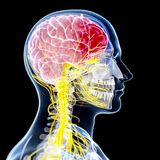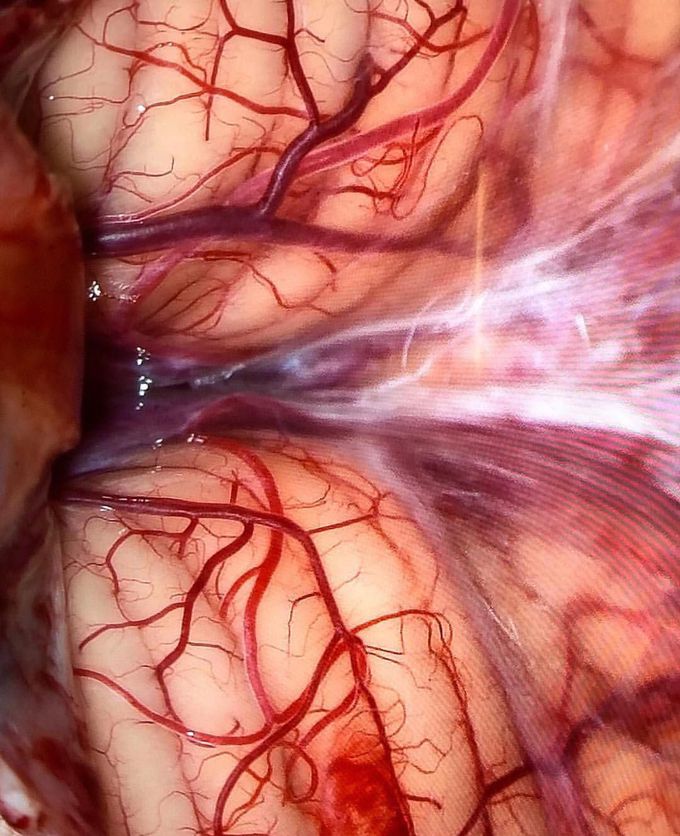


An eye catching view of the cerebellum.
Cerebellum is an important part of our brain, situated above the medulla oblongata and beneath the cerebrum in humans. The cerebellum regulates muscle tone, coordinates overall body movements and helps maintain posture and balance. It does not initiate movements, but is responsible for their smooth and balanced execution, for maintaining muscle tension and making movements work together in complex action such as walking. It comprises approximately 10% of the brain's volume, contains at least half its neurons and is connected to the brain stem via three major bundles of input and output fibers called peduncles. Cerebellar syndromes can be divided into symptoms arising from damage to the midline structures or hemispheric structures, although there is significant clinical overlap between these syndromes. The midline cerebellar structures are critical for motor execution, rapid and slow eye movements, balance/lower extremity coordination, and vestibular function. Damage to the midline of the cerebellum tends to produce gait ataxia and imbalance, truncal ataxia, dysmetria, ocular findings, head bobbing, and vertigo. The cerebellar hemispheres are largely concerned with motor planning and coordination of complex tasks. Damage to one hemisphere leads to symptoms that are most notable in the ipsilateral limbs. Characteristics of cerebellar disease are; •Asthenia (Loss of muscle strength). •Hypotonia of overall body muscles. •Gait becomes drunken person like. •Nystagmus (Rapid eye movement). •Ataxia (Incoordinated movements). •Vocal changes.

